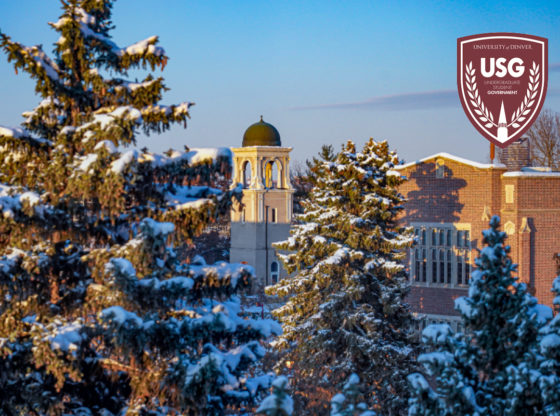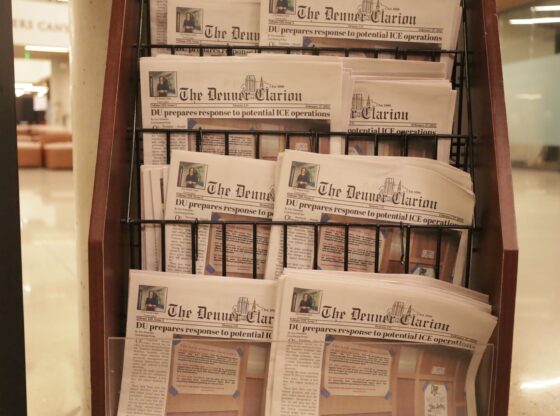On the evening of the first day of Yom Kippur, you gather with family to eat a large meal before fasting. The next day, you attend religious services and look forward to celebrating the holiday with family. These gatherings with family and friends have historically been a central part of the Jewish holiday. However, these long-standing traditions have had to change this year.
From Sept. 27 to Sept. 28, Jewish people around the world celebrated Yom Kippur. This holiday—meaning “The Day of Atonement” in Hebrew—marks the end of the 10 Days of Awe, which start with Rosh Hashanah. It is celebrated with large feasts and over a full day of fasting from water, food and sometimes luxury items such as leather or makeup.
Traditionally, people meet with family to eat a large meal before sunset on the first day of Yom Kippur. This is meant to prepare people for the fast, which lasts for 25 hours. It symbolizes the cleansing of body and spirit, as Yom Kippur is meant to be a day of forgiveness for previous sins. After the 25 hours have ended, a ram’s horn—called a shofar—is blown, and families come together once again to have a feast. The meal begins with honey cake, symbolizing a sweet start to the year.
Since the holiday is considered to be the holiest day of the year in Judaism, people attend religious services en masse. Sometimes, synagogues have to rent out extra space in order to accommodate the crowds. Along with fasting and religious services, people observe the holiday by abstaining from work and driving.
This year, with COVID-19 in full force across the globe, the Jewish community had to make some changes to its celebrations. In an interview with The Clarion, DU students discussed how they celebrated Yom Kippur and what changes they made.
“After prayers at sundown, we used to have dinner with my grandparents…. [but] the past few years, I’ve been out here at school for Yom Kippur,” said one fourth-year DU student who wished to remain anonymous. “It was pretty nice this year because I was able to join their Zoom prayers. I’m sure some things were changed for my family, though.”
The student continued to say that “not being able to actually go to synagogue or sit together for a meal was a very strange feeling,” but the experience “wasn’t all bad.”
Another student, Hanna Har Shefer, is getting her Bachelor’s degree in Israel. She also discussed the changes COVID-19 has brought to Yom Kippur, mentioning that the virus has impacted Israel differently from the U.S.
“Since two or three weeks ago, it’s been a policed quarantine,” said Har Shefer. “You can’t go to the streets, or the police will arrest you and give you a fine. We can’t gather more than 10 people together in a closed place, so everybody prayed at their homes [for Yom Kippur]. This year’s celebration kind of sucked.”
Har Shefer emphasized that, despite Israel’s quarantine, the government loosened up on restrictions during the holiday season. After Yom Kippur, the country resumed quarantine. Citizens can only leave the house for food, medical appointments or protesting.
Third-year student Gabriel Mayer also spoke on his Yom Kippur experience, stating, “I celebrated with my family over Zoom and participated in events hosted by Hillel [DU’s Jewish student organization]. It was strange, but the congregations and organizations [I’m] affiliated with did an exceptional job through pre-recordings and large, well-run Zoom calls. It’s not ideal, but it still felt genuine and meaningful.”
Mayer mentioned how engaged he is with the community during the holidays, discussing his active role in Denver’s Jewish community. He drew a sharp contrast between this year’s and last year’s celebration. Last year, he played “Kol Nidre,” a melody sung or played in synagogues to begin the Yom Kippur service for more than 1,000 people.
Since COVID-19 first began to spread, societies have had to rethink how they live their day-to-day lives. This includes restricting social events and travel, reshaping schooling and changing how people observe holidays (religious and non-religious alike). However, with technology and a willingness to follow new guidelines, people have found ways to celebrate and observe these holidays. They continue to celebrate them with friends and family, albeit distantly.











